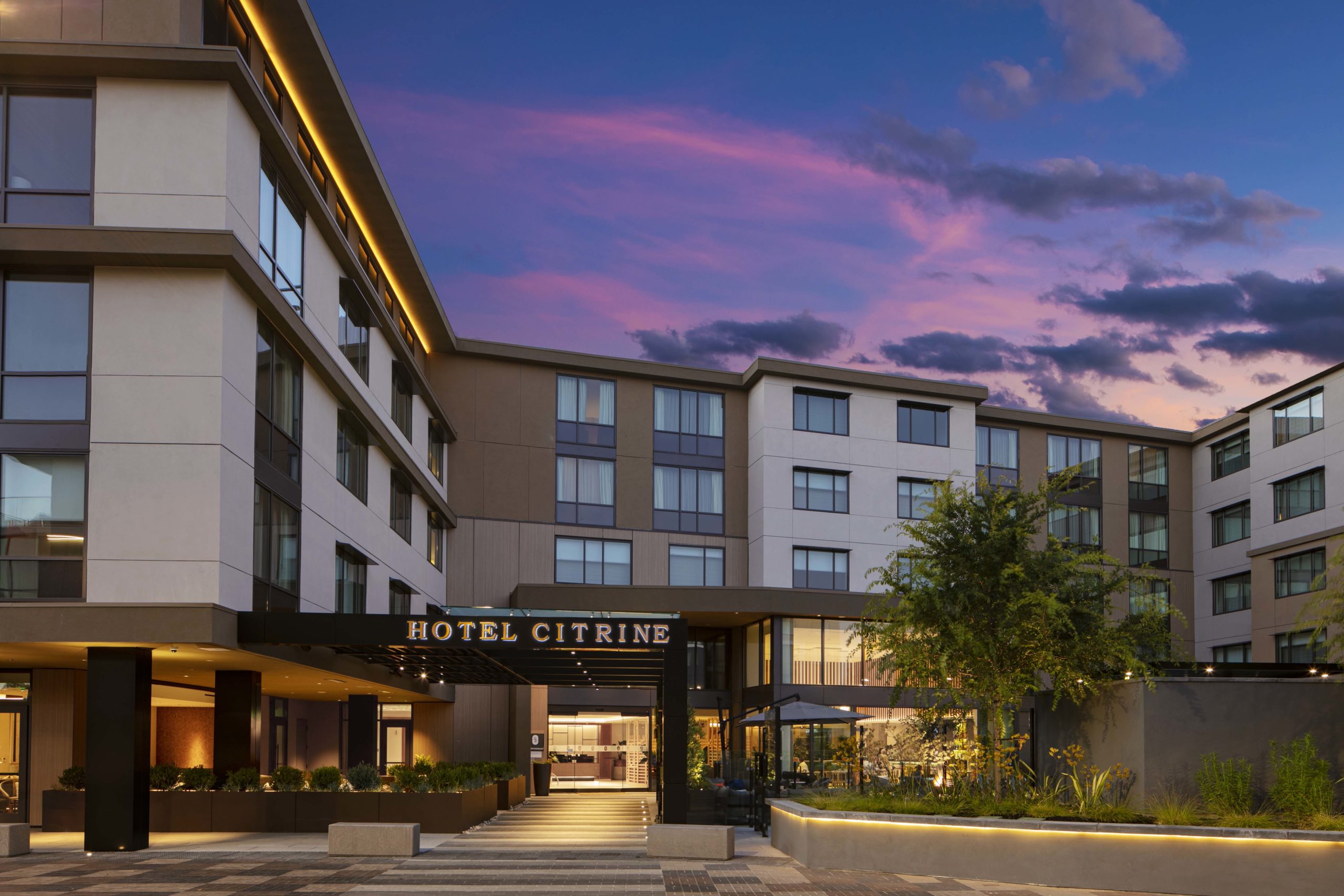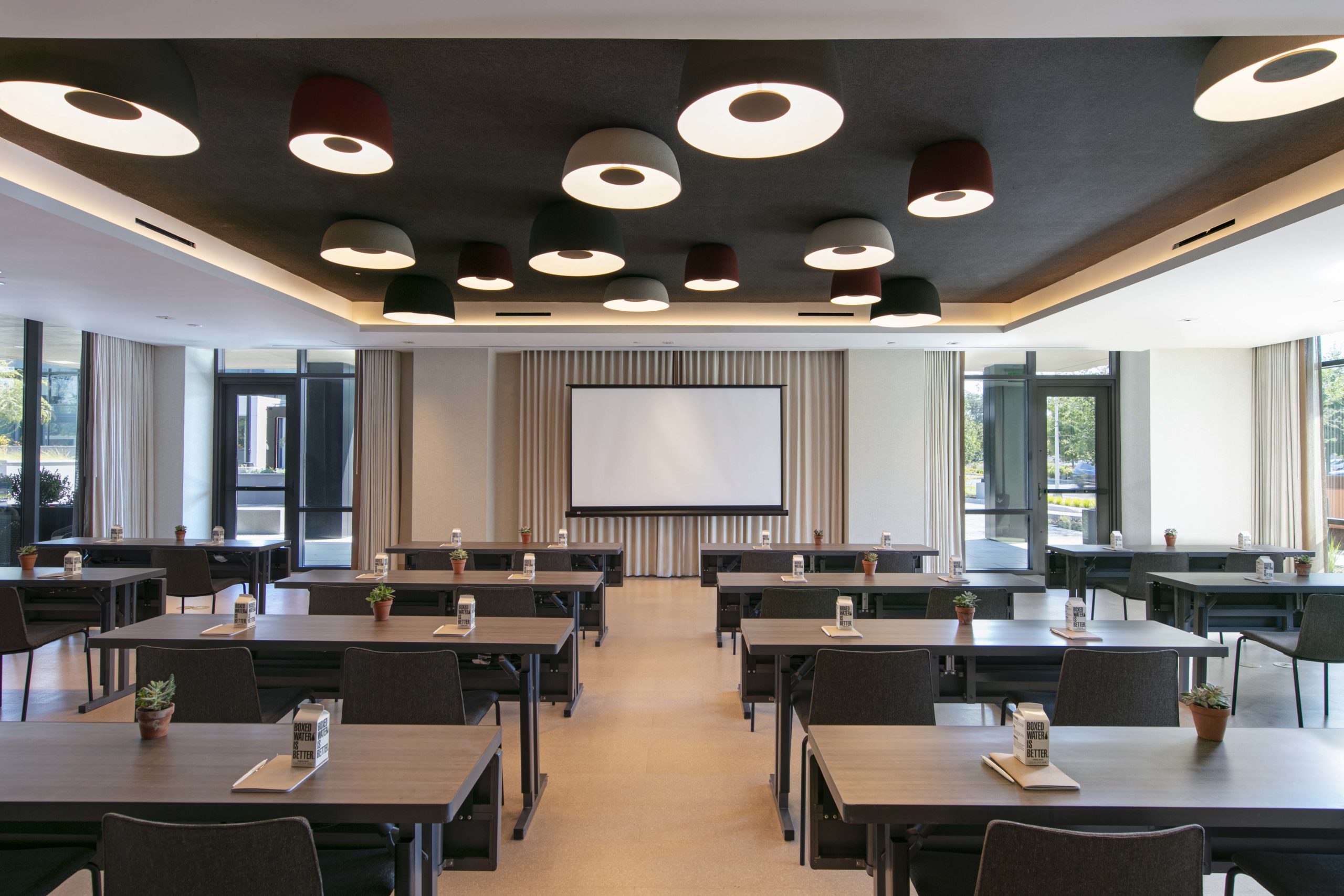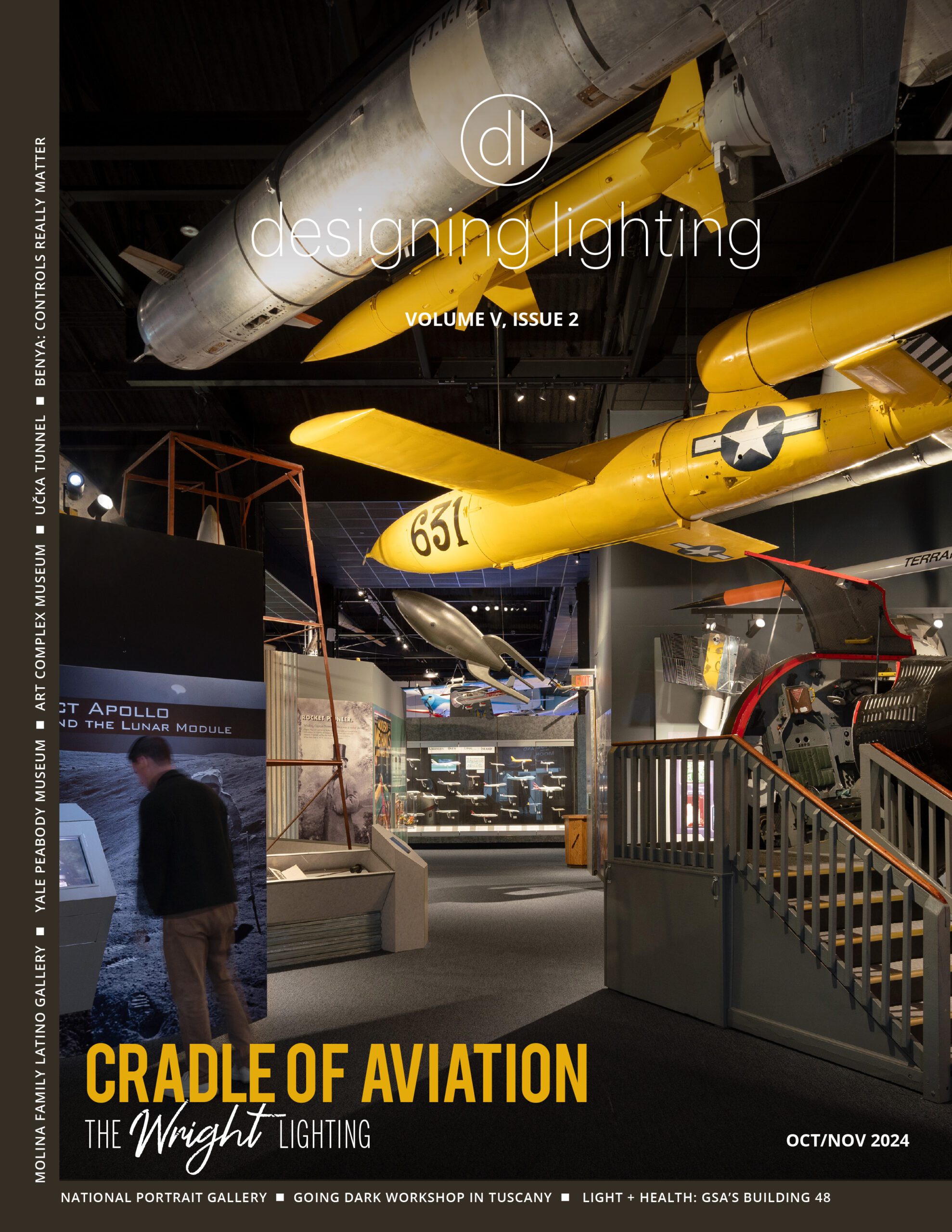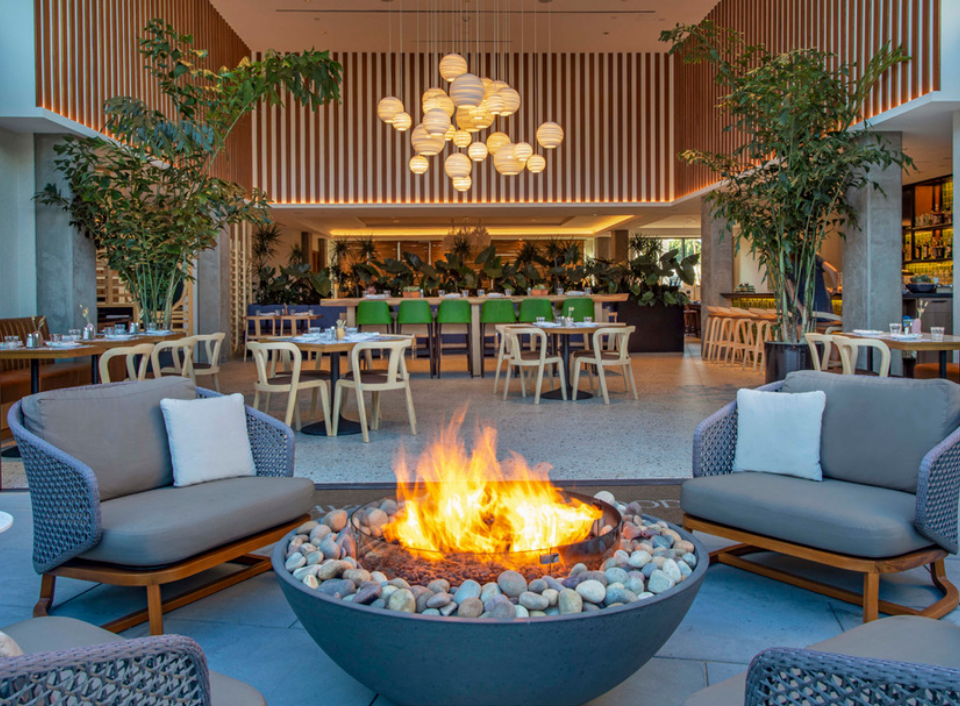A Vibrant New Venture in Silicon Valley Offers an Upgraded Experience in Hospitality and Sustainability

All photos in this story are by Michael Kleinberg.
Silicon Valley is synonymous with all things tech, so a focus on top-notch hospitality may not be what you think you’d find first and foremost with a visit to the area. But Hotel Citrine, a Tribute Portfolio Hotel, aims to elevate the experience. This vibrant property seamlessly combines sustainability with modern-day luxury for travelers who want mindful accommodations without sacrificing comfort or amenities. Constructed with sustainable materials, all efforts have been made to limit the hotel’s carbon footprint through its commitment to water saving, recycling, and energy conservation.
Owned and developed by T2 Hospitality, and managed by Evolution Hospitality, the Hotel Citrine opened this past spring and is part of the Marriott Bonvoy portfolio. It’s located on the same campus as the AC Hotel Palo Alto and is convenient to area restaurants, airports, and outdoor activities, plus the CalTrain, the Shoreline Amphitheatre, Stanford University, and numerous renowned tech companies.
The hotel has 150 well-appointed guest rooms and suites; 1,400 square feet of flexible indoor and outdoor gathering space; and a large meeting room, the Citrine, which opens up to an adjacent 590-square-foot patio. There is also a private dining room featuring sustainable cork flooring that can be used for small gatherings such as a yoga class, or alternatively, as a boardroom. Last but certainly not least, is the Wild Onion Bistro & Bar, with an all-day menu covering breakfast, brunch, and grab-and-go items in the morning and bistro items for the afternoon and evenings.

Architecture for Hotel Citrine was led by San Francisco-based Axis/GFA, interior design by Los Angeles-based Beleco, and lighting design by Costa Mesa-based First Circle Design. We spoke with Matt Levesque, Founding Principal at First Circle, which handled both the interior and exterior of lighting of the property, about working on the project and how the general design aesthetic and architecture—as well as the location of the hotel— impacted how his team chose lighting components.
“Hotel Citrine’s location and architectural motif had a large influence on our design choices. As you will notice in the architecture, the contemporary lines and grand entrances set a definitive tone,” Levesque explains. “This led to lighting studies with the architect and developer about the hierarchy of which elements were best suited to be featured from a vehicular or pedestrian experience. Of course, these decisions led to the treatment of the landscape surrounding the building.” He adds viewers can see that the landscape associated directly with the building (seating and associated planter beds) is accented with integrated lighting—a similar scheme to the building. “As the landscape transitions further out to the motor court, the accent lighting shifts to a more traditional uplight technique to meld vehicular and pedestrian experiences,” Levesque says. “As for the environment, in consideration of the surrounding neighbors, we ensured that the building and motor court illumination did not directly impede those properties.”

At the Hotel Citrine, guests will notice the eye-catching custom fixtures in the lobby, the Citrine meeting room, and in the Wild Onion, which help set the mood of the surroundings and bring warmth to each space. While they were designed and specified by the project’s interior design firm Beleco, First Circle coordinated and specified the LED technology and the dimming requirements to ensure quality, says Levesque, as well as the synchronization of the ambient lighting generated from these luminaries with the overall interior vision. “The integrated lighting throughout (cove lighting and millwork),” he adds, “really reinforce the building’s exterior style. It further exudes a caliber of experience to the guest.”

With every project, challenges exist, and, for Levesque and his team, the inevitable obstacles in this case presented a unique opportunity. Firstly, considering the property’s overall layout, the lighting design intent required configuring two hotel masses on a relatively small footprint. “If you think about it, that’s two hotels on one lot, so it’s necessary to find balance between each hotel’s visual personality while melding their motifs via the motor court and the overall site,” Levesque explains. “The result was a blend of feature and wayfinding lighting techniques that supported and informed each other to help create a cohesive feeling similar to a large resort project.”
The second challenge was universal—the global pandemic. “We finished the design process in the standard timeframe, approximately nine months. That was all very normal. The challenge really hit us all when COVID-19 slowed down the construction process,” notes Levesque. “Our construction administration (CA) phase easily doubled in time. Scheduling efforts and getting products to the site in an efficient manner really became a dialogue in minutia and how best to assist with data flow to the client’s management team. That said, we were quite grateful that our client proceeded forward regardless of the unavoidable hinderance.”
While the arrival of COVID has delayed and even cancelled many projects lighting firms across the globe were slated to work on, First Circle has managed to keep the workflow and proposals going for the most part. In lieu of that, Levesque has noted several trends taking place in the industry right now. “We are seeing clients engage more about lighting in general. They are starting to notice lighting during their traveling experiences, thus becoming engaged in more detailed conversations about how lighting influences atmospheres,” he says. “Client involvement, of course, is very much welcomed as this is an intangible art form and we rely on individual’s visual experiences and extensive dialogue to develop a successful lighting design.”

a
“We have also discovered a strong demand for the lighting designer to understand the backbone of dimming/ control options as this has a considerable impact on cost and how the operator wants/ needs the design to function successfully”
― Matt Levesque
Regarding techniques and evolution of technology, he adds, Levesque and his team are seeing linear lighting securing a prominent place in the geometry of spaces and more integration of lighting within architecture. “We have also discovered a strong demand for the lighting designer to understand the backbone of dimming/control options as this has a considerable impact on cost and how the operator wants/needs the design to function successfully,” he reveals. “We are nerdy designers that require both lobes of our brains to balance in the ever-evolving world of technology and art!”
As far as what Levesque and his team look for when it comes to lighting design inspiration, the creativity differs with each project. “Typically, we begin with the architect’s and or interior designer’s vision since, generally speaking, they have invested a large amount of time with the client to set the tone of the space prior to First Circle’s arrival on the project,” he concludes. “Following theme determination, we will research styles of art that resemble the same vernacular. Inevitably this step instigates discussions with the architect or interior designer about techniques or layers of light that can further enhance their original visions—it’s truly a collaborative process”.
This article was originally featured in the August issue of designing lighting (dl)




